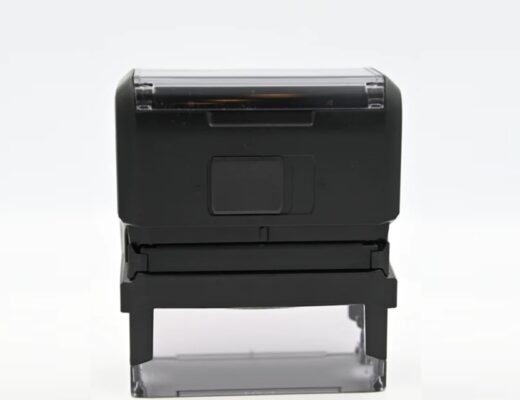Business world has changed a lot in the last decades. With connectivity and technology, businesses have become more efficient and being in charge of a business nowadays is definitely easier. However, there’s also a multitude of challenges that all businesses must face as well. There are economic fluctuations that lead to market disruptions. Technology has brought new things to the table, like cyberattacks and sometimes even natural disasters.
These disruptions can cripple the performance of all businesses, especially smaller ones which are really susceptible to closure when they face hardships. To avoid negative consequences, Business Continuity and Disaster Recovery, also known as BCDR, are extremely useful. These are a protection that can help all businesses recover from any unexpected blow during operation.
Understanding The Threat Landscape
Small businesses usually commit a critical mistake. As we have stated before, BCDR is the perfect defense to recover from expected issues. Small companies tend to believe that BCDR is exclusive for bigger companies. But when you look at detailed statistics you can see that the story is really different. The Federal Emergency Management Agency has stated that a good percentage of businesses find it hard to reopen after facing issues or major struggles. It becomes a Domino effect that leads to financial losses, damage in reputation and closure in some cases.
BCDR planning makes it easier to face different threats. Natural disasters are one of the things, from floods to earthquakes.Technology has brought new threats that need to be considered as well, like data breaches and malware infiltrations, just to name a few. Human error is one of the most common threats. All businesses are prone to human error and companies need to be prepared for that. Finally, infrastructure needs to be considered as well, power outages and equipment failure are always lurking around businesses.
Building A Resilient Business
BCDR planning empowers businesses to feel secure in case of any threat. Small businesses are really benefited from that because they have smaller resources and prevention is better than facing a rebuild of affected areas. Let’s see how you, as a business owner, can build an effective BCDR strategy.
Start by determining the threats that can affect your business and how they can be impacted. Next step is to prioritize them based on severity. You can rely on really useful tools like FEMA’s “Preparedness Tool” and NIST’s “Risk Assessment Methodology”. After that, start creating a Business Continuity Plan.
Developing A Business Continuity Plan
It is time to establish the steps you need to take to keep your business afloat during any disruption. The first thing you need to do to design your plan is to identify the essential core functions of the business. Another important aspect is what you should do if your headquarters are not operative, do you have secondary locations where you can keep operating while your resume operations in your primary location? If so, how fast can you do the switch and to what capacity.
One of the most important things you need to do is determine the core processes that are essential to maintain your businesses in operation and establish a directive to maintain them in operation or at least resume them as fast as possible when you face threats. Obviously, your business can’t rely only on the core functions for a long time. You need to set processes that will allow you to come full at 100% in the least amount of time.
It is also important to consider communications. In your plan you should define clear communication channels to keep stakeholders informed during and after a disruption.
One of the issues where most companies suffer is when it comes to labeling. In the automated world where we live, labeling is the backbone of different automated processes that support the proper functioning of many businesses. Having issues with the labeling system can impact the function of your company in ways you haven’t imagined. That’s why label disaster recovery is quite important. This includes making regular backups and having redundancy of those backups.
In case of disaster, you need to maintain the flow of labeling, even if it takes moving to manual procedures while you recover the system. If you rely heavily on automation you should consider effective plans for labeling to be recovered. Remember the statement, in a world of automated procedures, labels are the gears that keep the systems moving.
BCDR Is A Continuous Effort
This is not just a 1 time process, you need to maintain your recovery plan up and running and always looking for ways in which you can update it and improve it. It is a good idea to make your BCDR a part of the company’s culture.
Don’t get overwhelmed and start taking small but definite steps towards your goal and don’t be afraid to look for professional help if you need it. They can help you achieve all the goals you have for your BCDR. It is also important that your BCDR plan can be maintained in the long run, this involves choosing realistic cost-effective solutions to suit the budget of your company.
In Summary
Being active in implementing BCDR strategies is crucial for all businesses and even more for smaller ones, allowing them to survive unexpected blows and threats that could damage operations to the point of having to close. It is not about having every corner of the operation covered, but instead having your core processes protected and with a good system to go back into full mode when something bad happens.
Being proactive in risk management and threat prediction is a cornerstone for sustainable success for all companies in today’s predictable world. Make sure to take the first step and don’t let any issue catch you off guard.







No Comments